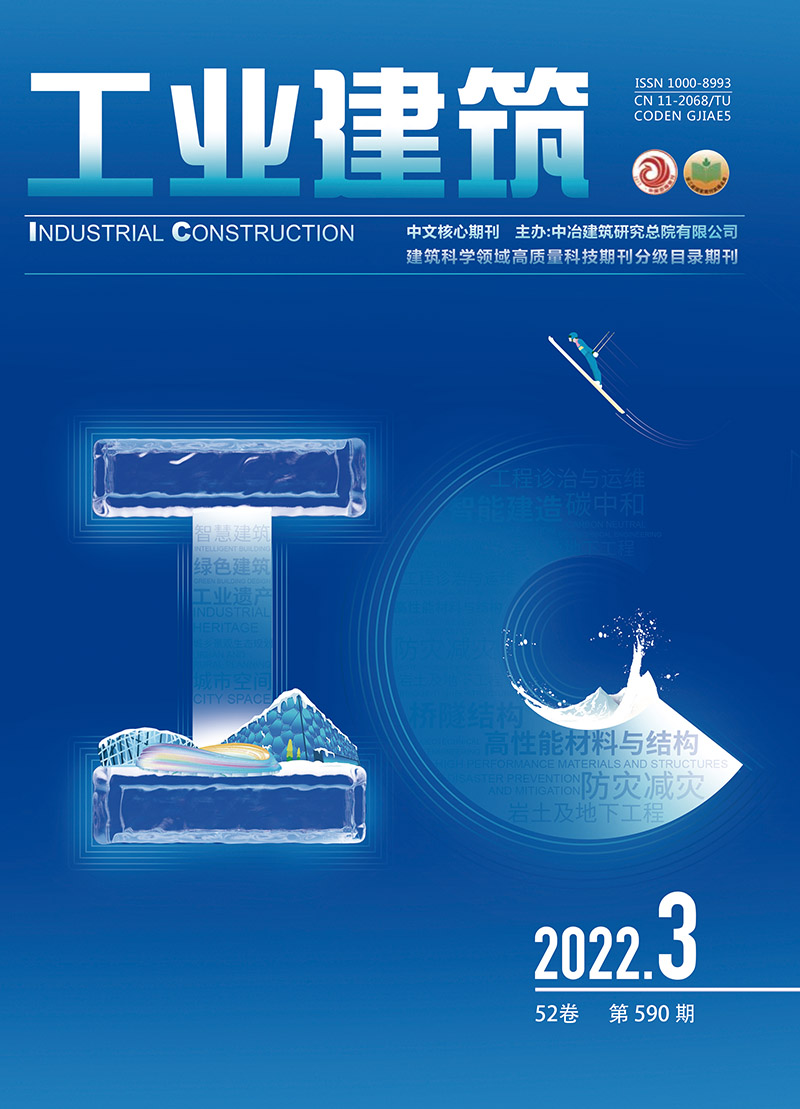| [1] |
宋泓明.文化创意产业集群发展研究:以北京市朝阳区为例的分析[J].上海经济研究,2007(12):118-122.
|
| [2] |
赵涛.德国鲁尔区的改造:一个老工业基地改造的典型[J].国际经济评论,2000(增刊2):37-40.
|
| [3] |
俞凌光,廖明珠.创意产业集聚与城市更新的互动:基于杭州LOFT49的实证研究[J].改革与开放,2015(20):14-15.
|
| [4] |
王兰,吴志强,邱松.城市更新背景下的创意社区规划:基于创意阶层和居民空间需求研究[J].城市规划学刊,2016(4):54-61.
|
| [5] |
梁明珠,赵思佳.文化导向的城市历史村镇更新模式比较研究:以广州市小洲村、黄埔古村、沙湾古镇为例[J].现代城市研究,2015(4):48-54.
|
| [6] |
GREEN T L.Evaluating predictors for brownfield redevelopment[J].Land Use Policy,2018,73:299-319.
|
| [7] |
罗超.我国城市老工业用地更新的推动机制研究[J].城市发展研究,2015,22(2):20-24.
|
| [8] |
TERRY N C.Mahing culture into magic:how can it bring tourists and residents?[J].International Review of Public Administration,2007,12(1):13-25.
|
| [9] |
刘东超.场景理论视角上的南锣鼓巷[J].东岳论丛,2017,38(1):35-40.
|
| [10] |
詹绍文,王敏,王晓飞.文化产业集群要素特征、成长路径及案例分析:以场景理论为视角[J].江汉学术,2020,39(1):5-16.
|
| [11] |
盖琪.场景理论视角下的城市青年公共文化空间建构:以北京706青年空间为例[J].东岳论丛,2017,38(7):72-80.
|
| [12] |
阿尔弗雷德·W.工业区位论[M].北京:商务印书馆,2011.
|
| [13] |
李丹,刘春红,曹如中,等.基于解释结构模型的时尚产业区位选择决定因素[J].经济地理,2018,38(4):132-138.
|
| [14] |
马仁锋,王腾飞.城市空间结构对新兴产业区位影响研究动态与展望[J].世界地理研究,2019,28(5):141-152.
|
| [15] |
QI X H,ZHU Y,ZHANG F X,et al.The characteristics and influencing factors of enterprise location and its urbanization effect:a case of coastal areas in Southeast of China[J].Scientia Geographica Sinica,2010,30(2):220-228.
|
| [16] |
COLL-MARTINEZ E,MORENO-MONROY A I,ARAUZO-CAROD J M.Agglomeration of creative industries:an intra-metropolitan analysis for Barcelona[J].Papers in Regional Science,2019,98(1):409-432.
|
| [17] |
吴军.场景理论:利用文化因素推动城市发展研究的新视角[J].湖南社会科学,2017(2):175-182.
|
| [18] |
WU C,WILKES R,SILVER D,et al.Current debates in urban theory from a scale perspective:introducing a scenes approach[J].Urban Studies,2019,56(8):1487-1497.
|
| [19] |
薛莹,刘婷,寻丹丹.杭州文化创意特征产业的空间分布及其影响因素[J].世界地理研究,2018,27(6):98-107.
|
| [20] |
王伟年,张平宇.城市文化产业园区建设的区位因素分析[J].人文地理,2006(1):110-115.
|
| [21] |
徐咏虹,陆志强,张跃国,等.广州市文化创意产业发展报告(2018)[R].广州:广州市社会科学院,2018.
|
| [22] |
张京祥,唐爽,何鹤鸣.面向创新需求的城市空间供给与治理创新[J].城市规划,2021,45(1):9-19
,29.
|
| [23] |
杨毅,王佳,张琳.政府补助对文化上市企业经营绩效的影响机制与优化路径:基于191家文化上市企业面板数据的实证分析[J].文化产业研究,2018(1):168-183.
|


 Login
Login Register
Register E-alert
E-alert







 DownLoad:
DownLoad: